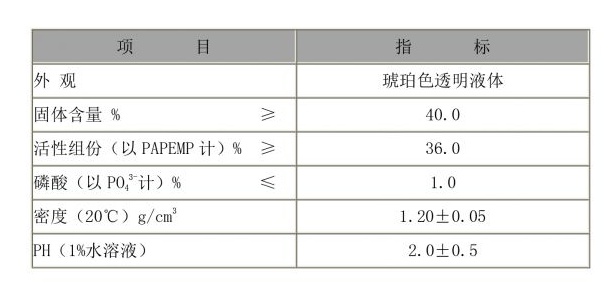Exploring the Applications and Benefits of Polyacrylamide Polymer in Various Industries
Understanding Polyacrylamide Polymer Properties, Applications, and Benefits
Polyacrylamide is a versatile polymer that has gained significant attention in various industries due to its unique properties and wide-ranging applications. This synthetic compound is derived from acrylamide monomers, and its polymerization results in a material that is both stable and highly effective for numerous uses. In this article, we will explore the characteristics of polyacrylamide, delve into its applications, and highlight its benefits to different sectors.
Properties of Polyacrylamide
One of the defining features of polyacrylamide is its ability to form gels and aqueous solutions. This is attributed to its water-soluble nature, making it an excellent choice for applications requiring thickening, stabilizing, or emulsifying agents. The polymer can be modified to include various functional groups, allowing for customization depending on specific needs. The degree of polymerization and the molecular weight can also be tailored, affecting the viscosity and strength of the resulting material.
Moreover, polyacrylamide exhibits high tensile strength and stability under a variety of environmental conditions, including temperature fluctuations and pH changes. These characteristics make it particularly useful in contexts where durability and performance are essential.
Applications of Polyacrylamide
The versatility of polyacrylamide is evident in its diverse range of applications across numerous industries
1. Water Treatment Polyacrylamide is commonly used in water treatment processes as a flocculant, where it enhances the aggregation of particles, making it easier to remove contaminants from water. Its ability to decrease the sedimentation time and improve the clarity of water has made it a staple in municipal and industrial water treatment plants.
2. Agriculture In agriculture, polyacrylamide is used to improve soil structure and moisture retention. When applied to soil, it can create a gel-like substance that retains water, thus reducing irrigation needs and allowing plants to access moisture for an extended period. This is particularly beneficial in arid and semi-arid regions where water scarcity is a significant issue.
polyacrylamide polymer

3. Oil and Gas Industry The oil and gas sector relies on polyacrylamide for enhanced oil recovery techniques. By injecting the polymer into oil reservoirs, it increases the viscosity of the water, improving the displacement of oil and optimizing recovery rates. This application underscores polyacrylamide’s role in supporting energy efficiency and resource management.
4. Cosmetics and Personal Care Polyacrylamide is also prevalent in the cosmetics industry, serving as a thickening agent in lotions, creams, and gels. Its ability to stabilize emulsions and enhance the texture of products is highly valued, making it a key ingredient in many personal care formulations.
5. Biomedical Applications In the biomedical field, polyacrylamide is utilized to create hydrogels for drug delivery and tissue engineering. Its biocompatibility and ability to control drug release rates make it an attractive option for developing targeted therapies and regenerative medicine solutions.
Benefits of Polyacrylamide
The advantages of using polyacrylamide extend beyond its versatility. Its efficiency in reducing wastewater treatment costs, promoting sustainable agricultural practices, and enhancing oil recovery rates contributes to economic benefits across various sectors. Furthermore, as industries increasingly focus on sustainability, the role of polyacrylamide in developing effective, eco-friendly solutions becomes ever more critical.
Polyacrylamide’s ease of use, combined with its effectiveness, ensures that it remains a go-to material in many applications. Its ability to be customized for specific needs means that businesses can tailor their processes to improve performance and creativity while adhering to regulatory standards.
Conclusion
In summary, polyacrylamide is a remarkable polymer with wide-ranging properties and applications that span various industries. Its primary roles in water treatment, agriculture, oil recovery, and cosmetics, among others, highlight its importance in addressing modern challenges such as resource management and sustainability. As innovation continues to drive research and application in polymer science, the relevance of polyacrylamide is poised to grow, securing its place as a vital material in the future.
-
Water Treatment with Flocculant Water TreatmentNewsJun.12,2025
-
Polymaleic AnhydrideNewsJun.12,2025
-
Polyaspartic AcidNewsJun.12,2025
-
Enhance Industrial Processes with IsothiazolinonesNewsJun.12,2025
-
Enhance Industrial Processes with PBTCA SolutionsNewsJun.12,2025
-
Dodecyldimethylbenzylammonium Chloride SolutionsNewsJun.12,2025





